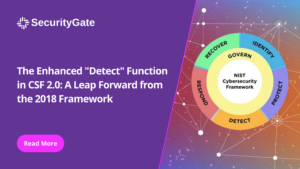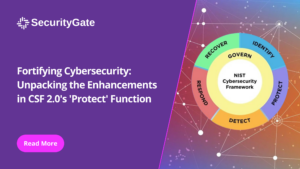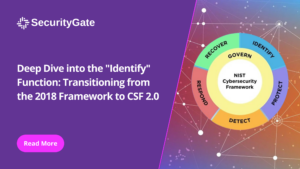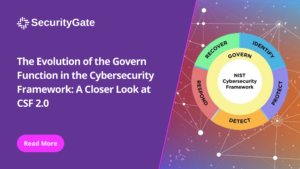Welcome to another engaging session at Tea with C, where we unravel the mysteries of cybersecurity one layer at a time. Today, our focus ascends to the zenith of the OSI model—the Application Layer. This layer intrigues me the most, not just because of its position at the top of the digital hierarchy but also because of its intimate connection with end-users and their daily digital interactions. It’s the frontline where users meet applications, from browsing websites to exchanging emails and beyond.
The Application Layer is uniquely vulnerable, acting as a fertile ground for a myriad of security threats due to its direct exposure to user activities. This layer thrives on protocols such as HTTP, HTTPS, FTP, and SMTP, each playing a pivotal role in data exchange. Our goal here is not merely to champion secure protocols like HTTPS over HTTP but to dive deeper into the core of application security, addressing vulnerabilities at the application and operating system levels.
Securing the Application Layer demands a comprehensive approach to vulnerability management. It’s not just about patching software; it’s about holistic vigilance against threats aimed at the software applications and the end-users. The spectrum of threats is wide, from SQL injections and data injections to cross-site request forgeries (CSRF), each targeting the application’s integrity. However, the challenge doesn’t stop at the application’s digital doorstep. Users themselves are often the target of sophisticated social engineering attacks, including keyloggers and phishing schemes, which exploit human psychology rather than software flaws. This dynamic interplay between technology and human behavior elevates the complexity of securing the Application Layer.
So, how do we construct a robust defense for this critical layer? Our strategy integrates several essential elements: diligent patch management to repair software vulnerabilities, firewalls, and network analysis tools to scrutinize and manage traffic, and, crucially, comprehensive cybersecurity training for users. Educating users on the risks of social engineering and other targeted attacks is paramount in building a resilient digital defense.
The array of roles dedicated to the Application Layer’s security reflects the breadth and depth of the task at hand. From application security analysts and network monitoring experts to firewall engineers and authentication managers, a diverse team is essential. Moreover, cybersecurity educators play a vital role in reinforcing the human element of digital security, emphasizing that cybersecurity is not just a technical challenge but a shared responsibility.
In exploring the depths of the Application Layer’s security, it becomes evident that safeguarding this layer is a multi-dimensional endeavor. It requires a balanced approach that combines advanced technical measures with an informed and vigilant user base. As technology continues to evolve, so too must our strategies for defense, ensuring that our digital environments remain secure and trustworthy.
Stay tuned for our next discussion, where we’ll delve further into the ever-evolving world of cybersecurity. We’ll equip you with the knowledge and strategies to navigate the complexities of the digital age safely and confidently.






